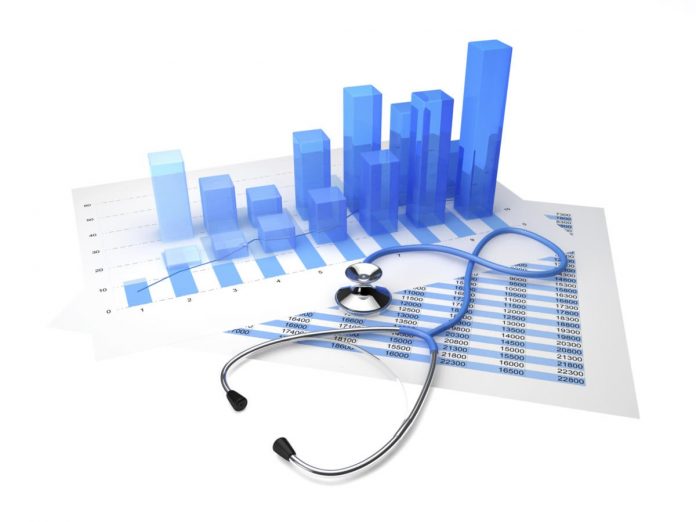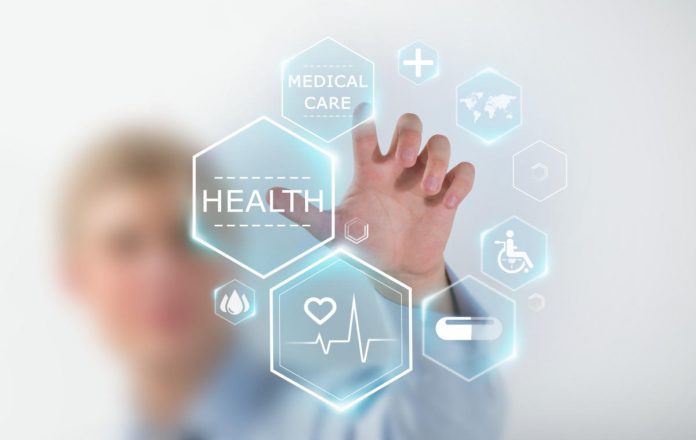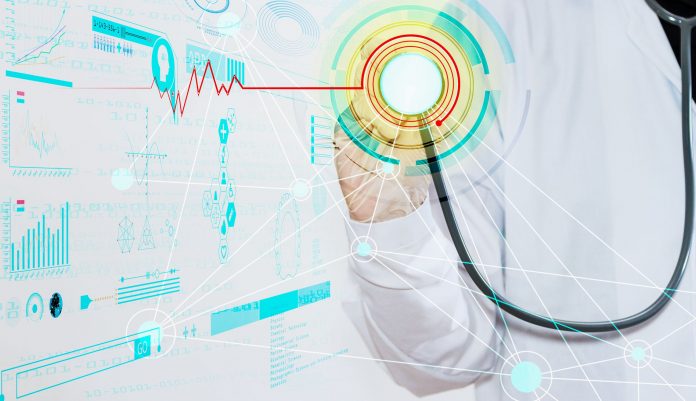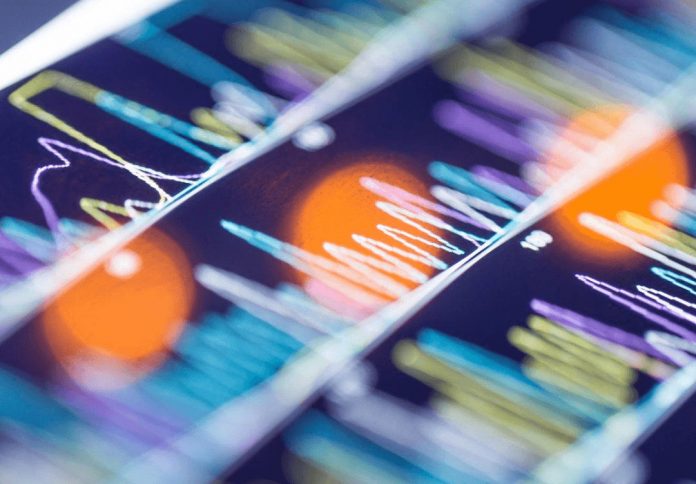As the world changes, the practices of different types of businesses and how people perform their jobs also change. The adoption of modern technologies allows us to do things better, faster, and safer. Since we live in the age of information as it is usually called, it means that the amount of data and stats we can use needs to be at a high level. For example, with something as important as healthcare, there needs to be a certain degree of transparency and an insight into what is going on. Lucky for us, we already have it and it is widely being used.
In the article ahead we talk about the phenomenon of data analytics in healthcare and determine what its role is in this important part of our lives. Healthcare tends to be a universal problem as nowhere near enough people have it. If we are to help more individuals get it, we have to be able to review the trends and draw conclusions before improvements can happen. Read on to find out more about this topic and check out Maryville University for more information about data analytics and healthcare.
What is Healthcare Data Analytics?

So what exactly is this type of data analytics, what data is being analyzed and for what purposes? Before we move on and explain the roles, we have to talk about the basic concept. To understand and talk about something, one must first have the necessary info on it, proof, facts, and other data that can be collected and examined. The business side of healthcare is as important as the provision because it is a business after all and the beneficial things cannot happen if the paperwork and bureaucracy are lacking.
With that being said, healthcare or health data is any type of data about the individual patients, collective populations, and anything else that may somehow help with better service in the future. Such information is gathered in multiple ways through various information systems like technological tools used by insurance companies, government organizations and institutions, and healthcare professionals. These tools vary from things like electronic records and prescriptions, to smart phone apps and different e-solutions.
Since this data is digital, it is easily collectable, storable, and usable, all while doing things faster and in more optimal ways. Basically any piece of healthcare data no matter how small can easily be tracked down and analyzed in minutes or even seconds. Electronic record keeping contributed to this while applications and smart software are only taking it further.
Incredible amounts of data are being collected in real time, continuously, and stored in complex sets on cloud storages. It is a secure and cost-efficient way of doing things and a new standard everyone uses.
Examples and Roles

While we did mention some of its roles and uses already, it is now time to talk about hem in greater detail. In the following sections we dive deeper into the different roles and examples of data analytics in healthcare.
Help with Staffing

Not all benefits of data analytics in healthcare revolve around the patients. The company that provides the services also gets something with it, like the perfect balance of staff members.
Overstaffing and understaffing are both detrimental to the business and neither are a good look for it. Thanks to the patterns and forecasts from the data that can be collected, the owners can know exactly how many employees they need and who will be in charge of what. Thanks to the new information an average clinic could possess, they will offer a higher quality of care, have reduced waiting times, and have optimal traffic on the premises.
Keeping Records

The most obvious and commonly used role of data analytics in healthcare is of course the extensive and accurate electronic records of patients. The data used for this is often referred to as “big data” and over 94% of hospitals in the USA have been using it for years. Every patient has a detailed record with all of their medical history, allergies, and demographic info.
The files are very customizable and adjustable so that new entries can be put in and old ones taken out or edited. Whenever there is a change in the patient’s health, an update is made as soon as the checkup has been made and a medical diagnose has been established.
Predictive Analysis

Having records in check and tracking things that have already happened is a good way to track potential changes in the future. However, to truly stay in front of it and stop the problems before they occur, predictive analysis is used. This is one of the biggest business intelligence trends right now and its potential is seemingly limitless. A database already exists that can help the doctors treat their patients better and more accurately, all in an effort to provide even more accurate, precise, and advanced care. Predicting is crucial for preventing, so if the onset of a disease or a condition can be identified early, patients have a higher chance of overcoming it without trouble.
Patient Engagement

Another great benefit and role of healthcare data analytics is the engagement from the patients themselves. This exists thanks to the already mentioned devices and apps. Wearable tech that tracks steps, hear rates, hydration levels, sleep and diet patterns, and other are very useful in keeping track of one’s health in real time. Being directly involved in your own health and having this type of record at all times is important because you will easily be able to see a change and when it started to happen. Leading healthier lifestyles is also easier thanks to the smartphone apps that can be paired with wearable fitness gadgets and smart watches. It is easy, exciting, and best of all very beneficial. Many users even reduced the number of their annual checkups because they could tell they were healthy based on the readings from their tech. This not only saved them money, but allowed doctors to devote more time to other patients who need it and have easier schedules.









